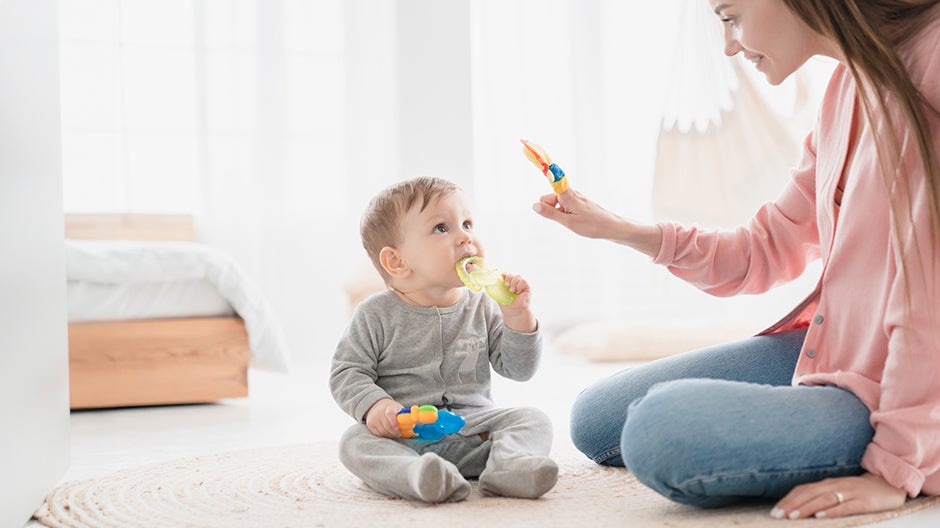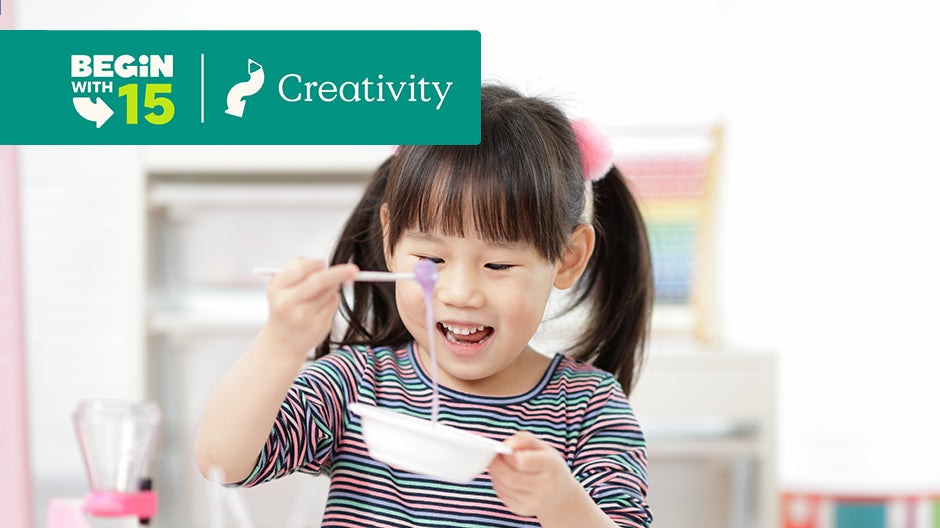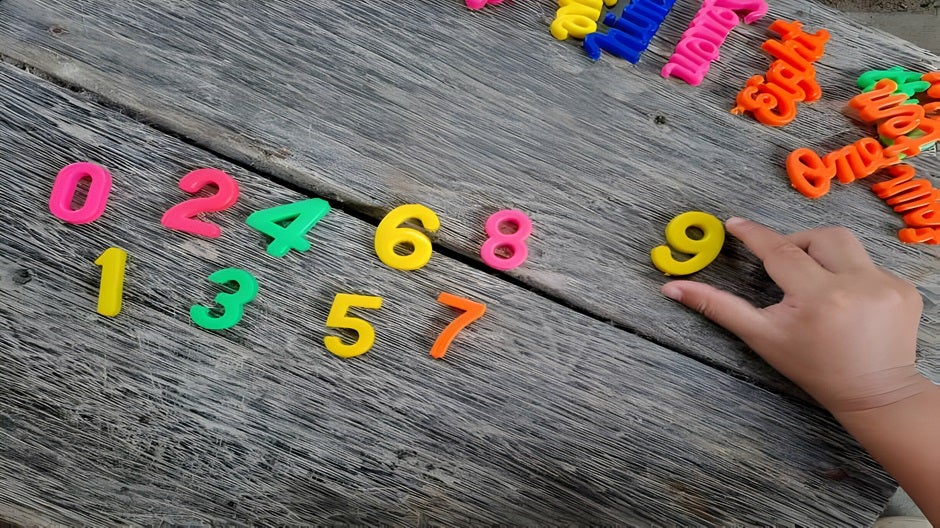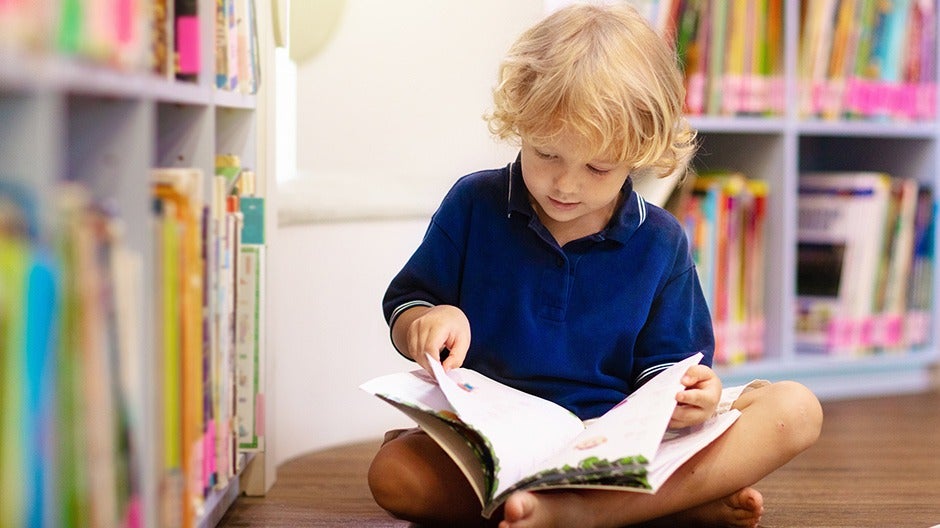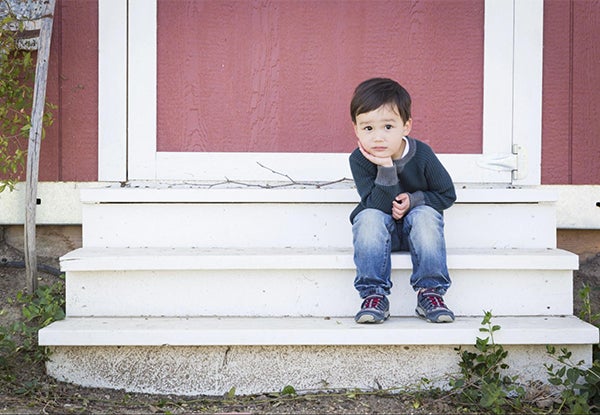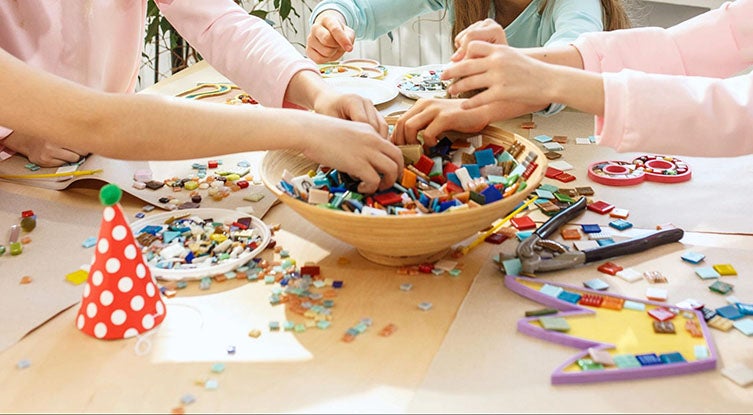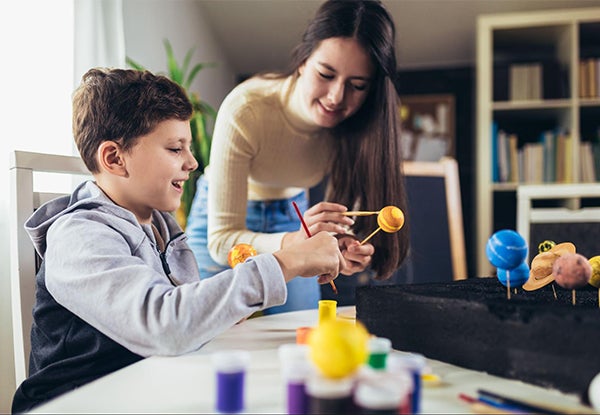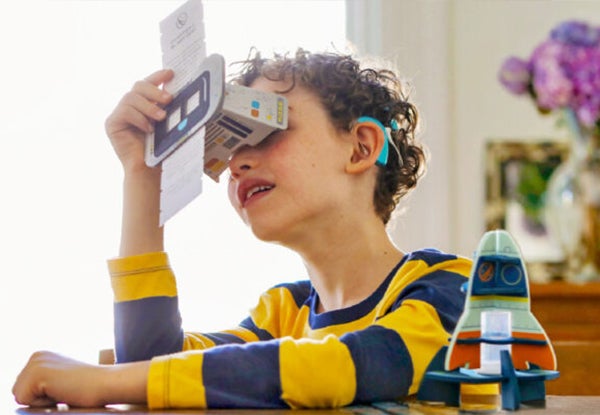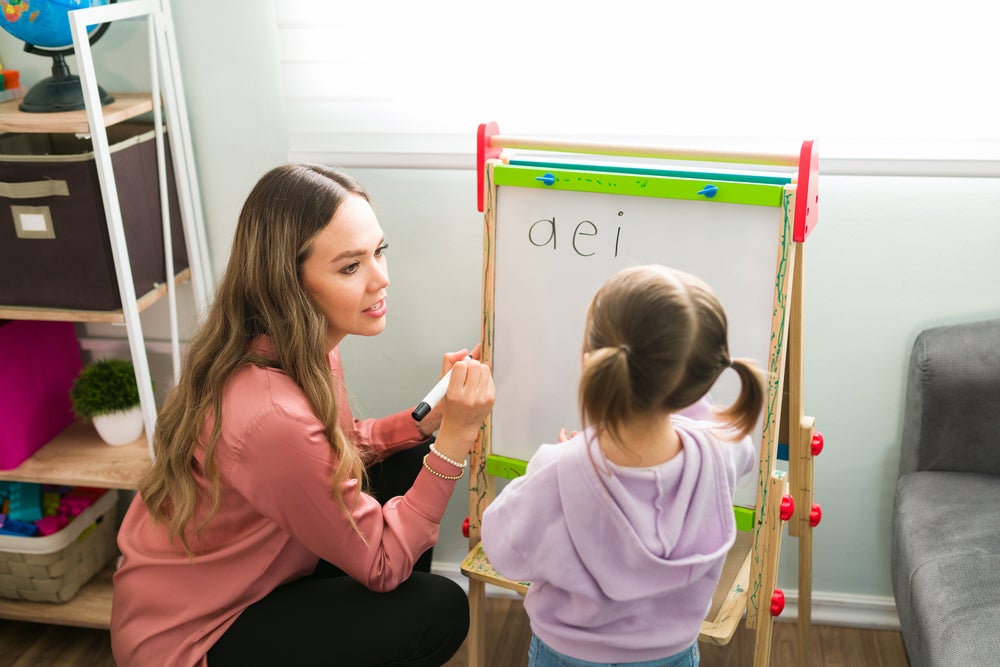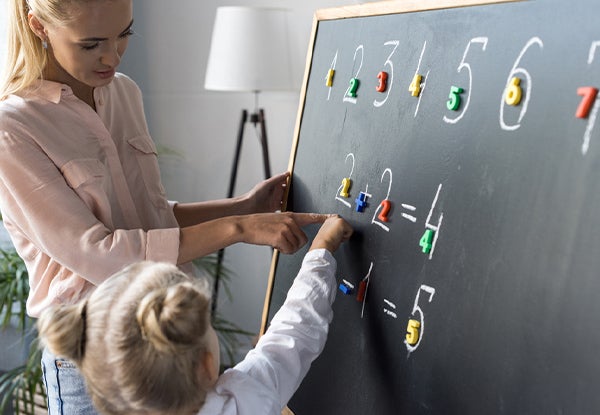Your child came into the world ready to learn. In fact, their brain was developing way before they were even born! In their first five years of life, your child will gather information, process it, practice it, and refine it—over and over again.
In early childhood, kids’ brains are wired to take in as much knowledge as they can. And they actually create new wiring with every new skill they learn. The quality of their learning—formal and informal—between age 0 and age 5 lays the groundwork for all of their subsequent education.
Does that mean your child’s brain destined for one level of learning or another?
No! Their environment and their relationships make a big difference in how their brain develops. And as their caregiver, you are a big part of this.
Read on to discover five ways to support your child’s brain development.
The Short Cut
- Between the ages of 0 to 5, your child’s brain is growing rapidly as they try new things, focus on learning things they love, and develop more complex skills
- Both nature and nurture play critical roles in brain development
- The more your child repeats an experience, the more those neural connections are reinforced
- Kids learn best through play, and one of the best things you can do to support your child’s brain growth is making time to play
- A learning membership that grows with your child can help them learn the right skills at the right time to reach the milestones that matter most
Why Early Childhood Matters for Brain Development
It takes a long time to “build” a brain. Beginning before birth and continuing throughout adulthood, the brain’s architecture is under construction.
Its flexibility and adaptability are extraordinary—it can consolidate information quickly and can adjust to new circumstances and environments, as well as learn new skills.
But the most critical part of this brain growth happens during early childhood, from birth through the age of five. In those first years of life, over one million neural connections are formed every second. That’s an enormous number of connections! The brain later begins pruning them to become more efficient.
What you do in those first five years of life is vital to your child’s growth, health, and behavior patterns. Their brain is developing fast and, at the same time, is very open to new experiences and information.
This is the time to nurture their brain through play!
Key Factors Affecting Brain Development

Both nature (genes) and nurture (relationships and environments) are key factors in child brain development. While genes create the original blueprint of the brain, relationships and environments are responsible for shaping it.
The things your child experiences through their senses have a huge impact on their brain development. Identifying sensory challenges in early childhood, such as visual or hearing problems or delays in motor skills, then addressing them quickly, makes a big difference.
Sensory abilities are critical for developing and organizing our nervous systems.
Stressors play an important role in brain development too. Inadequate nutrition, unsafe environments, and sustained trauma can trigger the neural pathways that regulate fear responses, leaving the brain in a constant state of “high alert.”
5 Strategies to Support Brain Growth
Neural connections that are reinforced through repeated experiences tend to be kept, while connections that are rarely used get “pruned” out of the brain.
As a parent, this means you can help shape your child’s developing brain through the experiences you provide for them.
Here are five ways to do it.
1. Pay Attention to Your Child’s Growing Passions
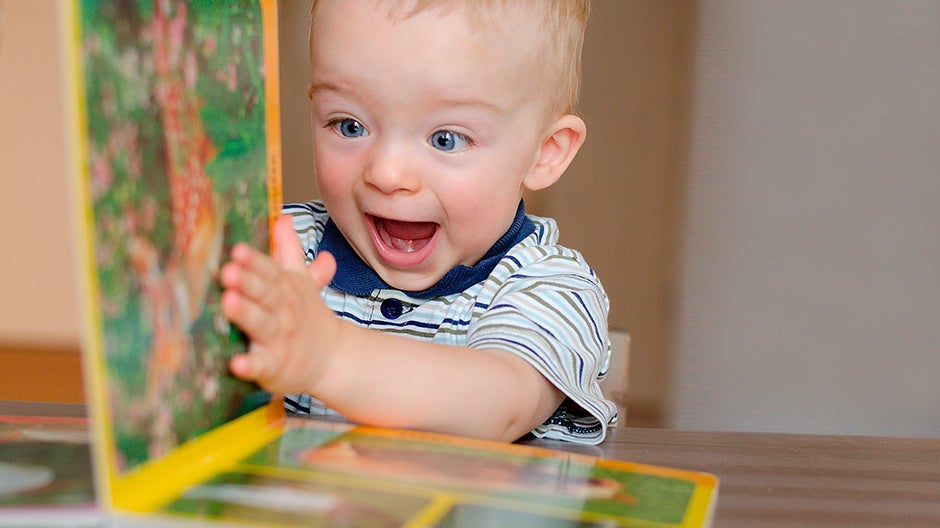
Once you begin to see what stimulates your child’s curiosity (books, imaginative play, nature, art, and more), try to nurture those interests by providing opportunities to engage with them.
Cultivating these passions doesn’t have to be costly or time-consuming. You can bring your child to the library to find books about what they love, make time to play and learn together, or make a ritual out of talking about their interests before they go to bed.
Giving your child time to focus on what they love helps their brain strengthen those pathways, and those pathways are the foundation for their continued learning and growth.
2. Build Emotional Intelligence
Instead of avoiding negative experiences or focusing on preventing them, try taking each one as an opportunity to teach your child about emotional regulation, problem-solving, and resilience.
To help, narrate your own emotional journey when something negative happens. If you and your child are stuck in traffic, for example, you can say something like, “I feel frustrated that we aren’t moving because I don’t want to be late. But I can’t do anything about it. So do you want to play a game of I Spy while we sit here?”
When your child watches you (and participates in) naming and validating emotions and then finding a creative solution to feeling better, their brain is building neural connections that support emotional intelligence.
3. Narrate Your Day

Similar to the way you can support emotional intelligence growth by narrating your own emotional experiences, you can help lay the foundation for some core skills (like literacy and math) by narrating simple activities throughout your day.
If you’re assisting your child as they get dressed, you can say, “Let’s put this shirt over your head—one head!—and now let’s get your arms through the armholes. How many hands do you have? Two! And how many fingers? One, two, three, four, five on this hand and one, two, three, four, five on this one!”
Singing helps your child build literacy skills. Pointing helps your child connect words to objects. Grouping similar things together (all the red socks, all the square blocks) helps your child learn math.
You can find ways to build core skills in almost everything you do!
4. Serve and Return
Every time you interact with your child you’re stimulating their brain, but making an effort to be focused and responsive to whatever is captivating their attention in the moment is especially important.
This strategy, which involves lots of back-and-forth interaction, is called “serve and return.” It helps build a solid foundation in your child’s brain for future learning.
And it’s fun for both of you!

5 Steps to Serve and Return
Developmental psychology studies have repeatedly shown that serve-and-return reciprocal interaction supports child brain development.
Five steps to guide “serve and return” include:
- Notice the serve: Paying attention to the things that captivate your child’s curiosity builds important connections in their brain. You might see their face light up, or hear them talk excitedly, or notice them point or jump up and down.
- Respond to the serve: Get excited too! You can make your own facial or physical responses, ask your child a question about what they’re focused on, or bring it into whatever you’re doing together at that moment (“I see you’re really excited about something! What is it?”). This tells your child that you hear and support them.
- Name it: Your child may be able to articulate what excites them or they may not. Either way, if you can name it and then encourage your child to do the same (“Oh, I see—there’s a picture of a cat on that cereal box!”), you’re opening up their world just a little bit more.
- Take turns: Once your child has served and you’ve responded (“Do you see any other cat pictures right now?”), give them time to respond to you. When you make space for them to think, you are supporting their burgeoning critical thinking skills and giving them practice at taking turns.
- Notice when your child is done and ready to move on to something new: Naming the transition from one activity to another, as well as letting your child know you appreciated them taking the lead (“We’re going to leave the cereal aisle now. It was exciting when you saw the cat picture. I wonder what else we’ll see in the store today?”), reinforces their agency.
5. Play, Play, and Play Some More
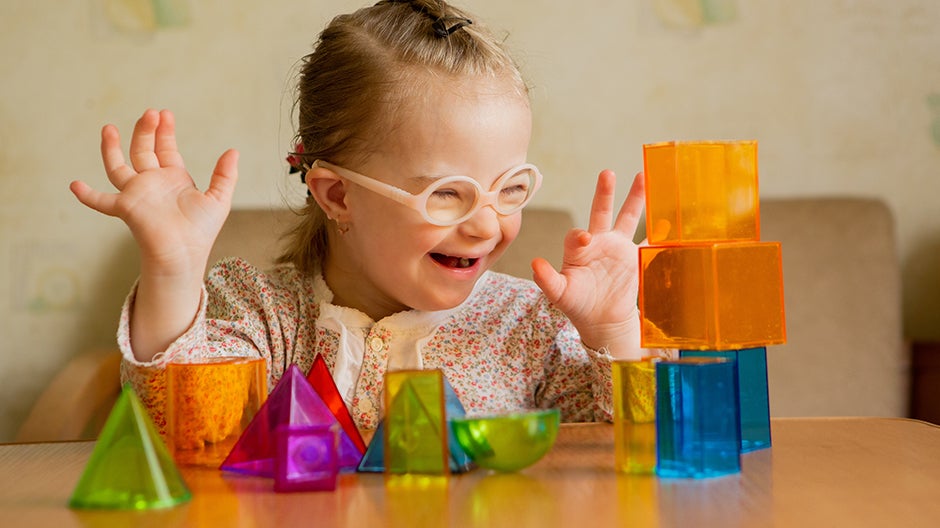
Think of play as an organic and fun way to explore. Our children are naturally curious and they express that curiosity in many ways—pretend play, sensory play, and physical play to name just a few.
As your child tries new things, makes choices, experiments, fails, and attempts again, their brain is developing and strengthening the connections that will guide them in later learning.
Play might even contribute to closing achievement gaps in young children.
In a report analyzing studies from eighteen countries about early childhood development and play, researchers found that disadvantaged kids who went to daycares that focused on play as much as much as formal “learning” made greater gains in literacy, motor, and social-emotional skills than kids who went to daycares that solely focused on academics.
When you engage in play with your child, try to support, but not lead. If they want help, see if you can guide, but not teach. If your child is actively and socially engaging in play that matters to them and they’re happy while they do it, they are creating a connection between play and learning which will serve them throughout their life.
Your Child’s Brain and Begin
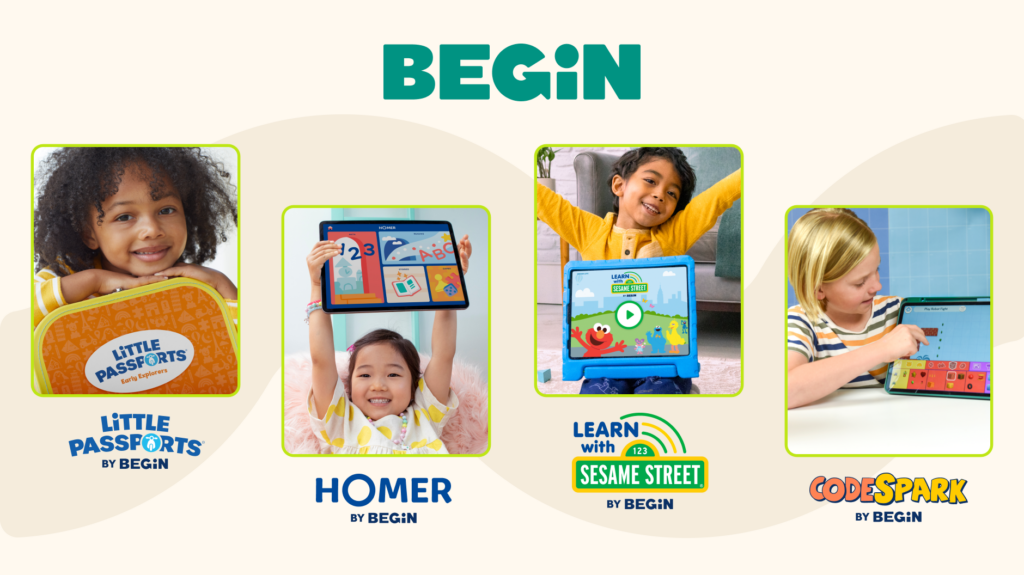
Most of your child’s brain will develop before they are 6 years old. And while learning will continue for their entire lifetime, these early years are the best time to focus on nurturing their amazing capacity to learn!
Begin can help.
We know play is the universal language of learning. And we can help you lay the foundation for your child’s brain development by providing them with fun hands-on and digital learning tools with our age- and stage-matched membership.
Take our online quiz today, and see how we can help you stimulate your child’s brain development with play-based learning that’s engaging and fun!
